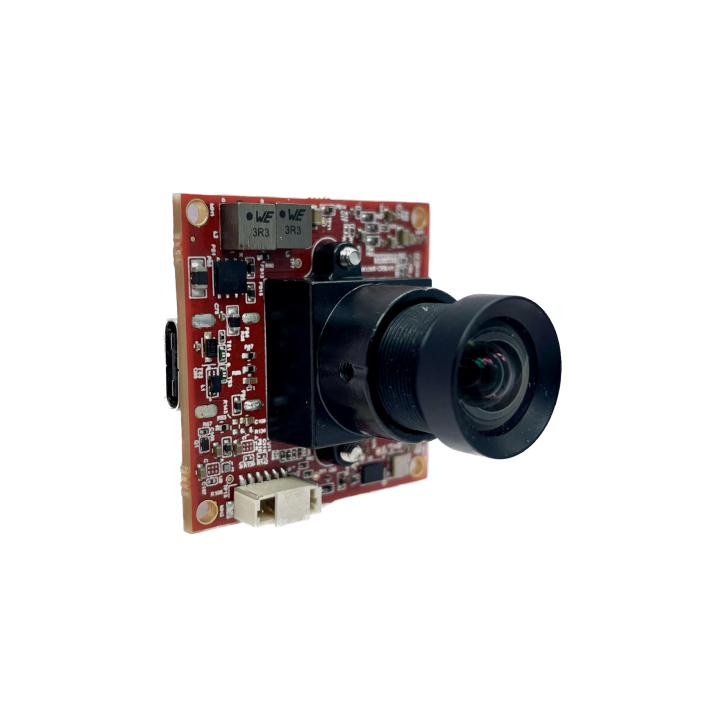Sports photography is an exhilarating field that allows photographers to capture the intensity, emotion, and moments of triumph in athletic events. Whether it's the thrill of a game-winning goal or the determination etched on an athlete's face, sports photography freezes these fleeting moments in time for eternity. However, mastering sports photography requires more than just a passion for the game; it demands skill, precision, and the right equipment.
Autofocus cameras have revolutionized sports photography, offering photographers the speed and accuracy needed to capture fast-paced action with ease. With advanced autofocus systems, photographers can track moving subjects effortlessly, ensuring sharp and in-focus images even in the midst of chaotic sporting events.
Understanding Autofocus Cameras
Autofocus technology relies on sensors and algorithms to detect and focus on subjects within the frame. Modern autofocus systems utilize phase detection, contrast detection, or hybrid autofocus methods to achieve quick and accurate focus, making them ideal for capturing dynamic sports scenes.
Choosing the Right Autofocus Camera
When selecting an autofocus camera for sports photography, it's essential to consider factors such as autofocus speed, burst rate, and low-light performance. Popular camera models like the Nikon D6, Canon EOS-1D X Mark III, and Sony Alpha a9 II are renowned for their exceptional autofocus capabilities and reliability in challenging shooting conditions.
Optimizing Camera Settings for Sports Photography
Achieving the perfect shot in sports photography requires careful attention to camera settings. Setting a fast shutter speed to freeze motion, adjusting aperture for depth of field control, and fine-tuning ISO to maintain image quality are crucial steps in optimizing camera settings for sports photography.
Techniques for Capturing Dynamic Shots
Tracking fast-moving subjects and anticipating the action are key techniques for capturing dynamic sports shots. By following the movement of athletes and predicting their next moves, photographers can capture decisive moments with precision and clarity.
Composition Tips for Sports Photography
Incorporating compositional techniques such as the rule of thirds, leading lines, and framing can enhance the visual impact of sports images. Additionally, focusing on capturing emotion and intensity within the frame can elevate the storytelling aspect of sports photography.
Post-Processing for Sports Images
Editing plays a significant role in refining sports images and bringing out their full potential. Utilizing editing software and tools to adjust exposure, contrast, and color balance can enhance the overall quality of sports photographs while maintaining their authenticity.
Building a Portfolio and Networking
Creating a strong portfolio of sports photography work and networking with clients and fellow photographers are essential steps in establishing oneself in the industry. Sharing work online through websites, social media platforms, and photography communities can help gain exposure and attract potential clients.
Finding inspiration in sports events and experimenting with different shooting techniques can fuel creativity and passion for sports photography. Exploring new angles, perspectives, and locations can lead to unique and captivating images that stand out from the crowd.
Overcoming Challenges in Sports Photography
Sports photography often presents challenges such as low light conditions and adverse weather situations. By being prepared, adaptable, and resilient, photographers can overcome these obstacles and continue to capture stunning images regardless of the circumstances.
Safety Precautions and Etiquette
Respecting athletes, event regulations, and personal safety are paramount in sports photography. Maintaining a professional demeanor, seeking permission when necessary, and adhering to ethical guidelines ensure a positive and respectful experience for all parties involved.
Continuous Learning and Improvement
The field of sports photography is constantly evolving, with new technologies and techniques emerging regularly. By staying updated on industry trends, attending workshops, and learning from experiences, photographers can continue to grow and improve their skills over time.
Impact of Social Media on Sports Photography
Social media platforms have become powerful tools for sharing sports photography work and connecting with a broader audience. Leveraging social media channels to showcase images, engage with followers, and build an online presence can open up new opportunities and expand one's reach within the industry.
The Future of Sports Photography
As technology continues to advance, the future of sports photography holds exciting possibilities. From advancements in autofocus technology to the rise of virtual reality and immersive experiences, the landscape of sports photography is poised for innovation and growth.
Conclusion
Sports photography offers a thrilling and rewarding outlet for photographers to unleash their creativity and capture the magic of athletic competition. With the right equipment, techniques, and dedication, aspiring sports photographers can elevate their skills and make a lasting impact in this dynamic field.

